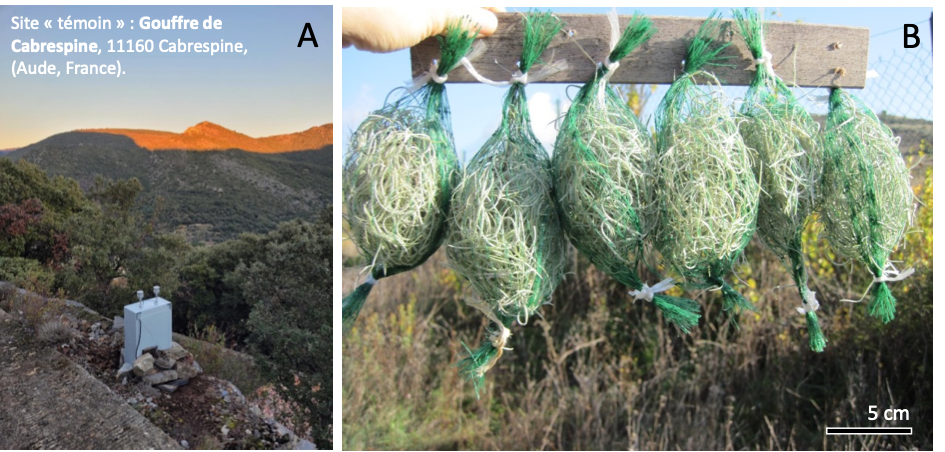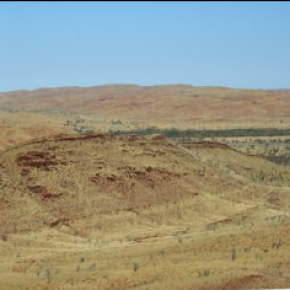Oxygen oases in the oceans 500 million years before oxygenation of the atmosphere
2.9-billion-year-old marine sedimentary rocks from Canada’s Red Lake region reveal areas of oxygen accumulation at a time when the oceans were globally anoxic and iron-rich. These oxygen oases played a key role in the planet’s oxygenation history. By analyzing the availability of phosphorus, a nutrient essential to all forms of life, a team of scientists has shown that the anoxic recycling of phosphorus in the water column would have favored primary productivity and the accumulation of oxygen. The formation of these oases, 500 million years before the oxygenation of the atmosphere, helped create conditions conducive to the emergence of more complex forms of life on the planet.
Oxygenation of the atmosphere began around 2.4 billion years ago, with the outgassing of oxygen produced in the oceans by photosynthesis. Before this “Great Oxygenation”, the oceans were generally oxygen-free and iron-rich, but there were certain areas where dissolved oxygen accumulated periodically. These “oxygen oases” played a fundamental role in the early stages of oxygen production on Earth, but their existence and the mechanisms of their formation remain profoundly misunderstood.
An international research team led by a CNRS researcher from the Geosciences Environnement Toulouse laboratory has analyzed samples of 2.9 billion-year-old marine sedimentary rocks from the Red Lake region of Canada. These rocks consist of marine sediments including stromatolites, fossils of photosynthetic organisms and evidence of local oxygen production.

By analyzing oxygenation markers in these sedimentary rocks, such as trace metals and iron, the scientists revealed anoxic (oxygen-deprived) zones at depth, as well as oxygen oases in the surface waters. To explain the presence of these oases, the team looked at the bioavailability of phosphorus in these ancient sediments. Phosphorus is an essential nutrient for all forms of life, and its cycle is intimately linked to oxygen production. Their results show that periods of greater phosphorus availability in seawater favored increased production of organic matter, thanks to photosynthetic activity. This production was probably at the origin of the first oxygen accumulations in certain areas of the oceans. These periods of accumulated oxygen in the oceans preceded the Great Oxygenation by almost 500 million years, and testify to a transitional phase in the ancient oceans, enabling the establishment of conditions conducive to the emergence of more complex forms of life on our planet.
Contact GET: Romain Guilbaud








